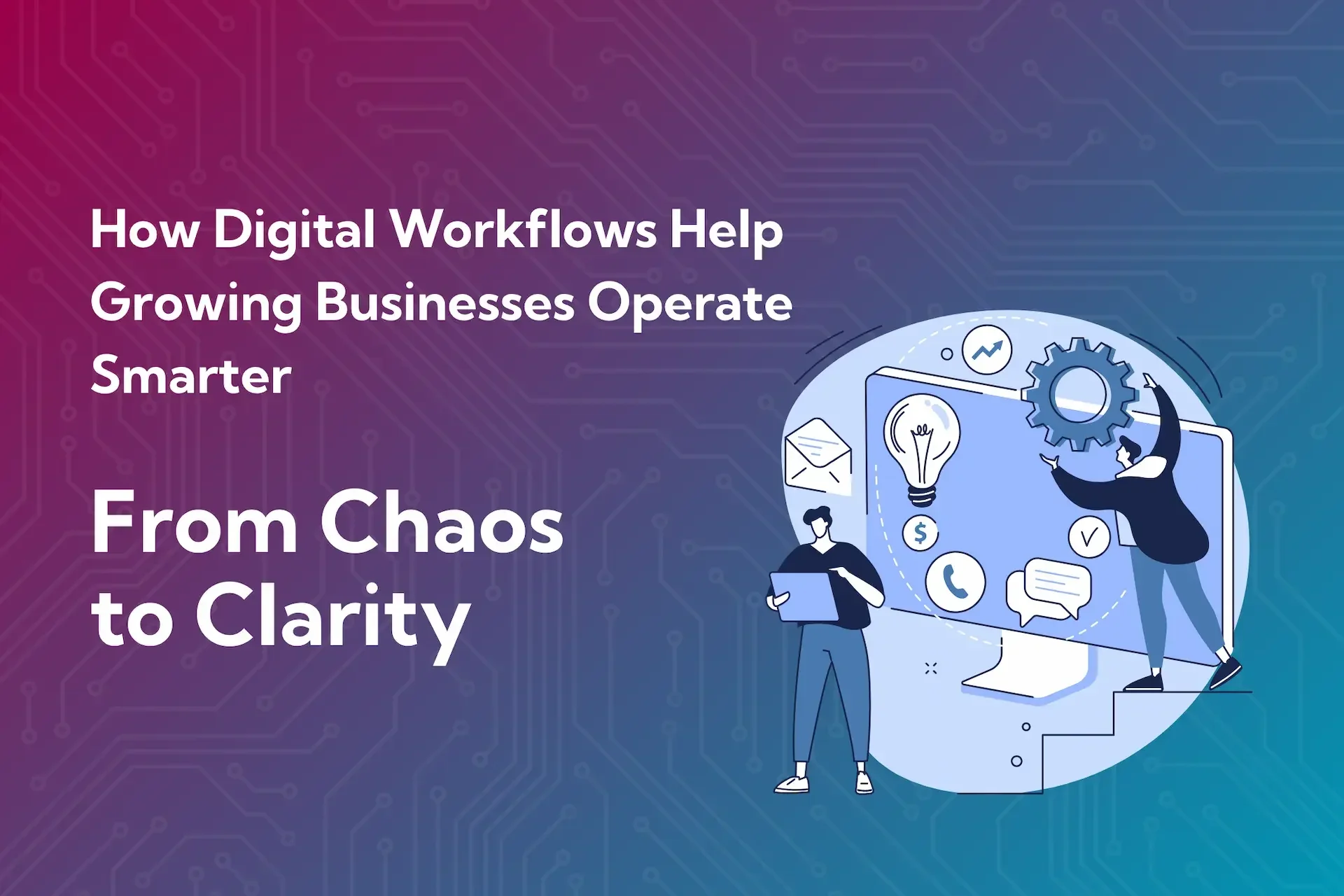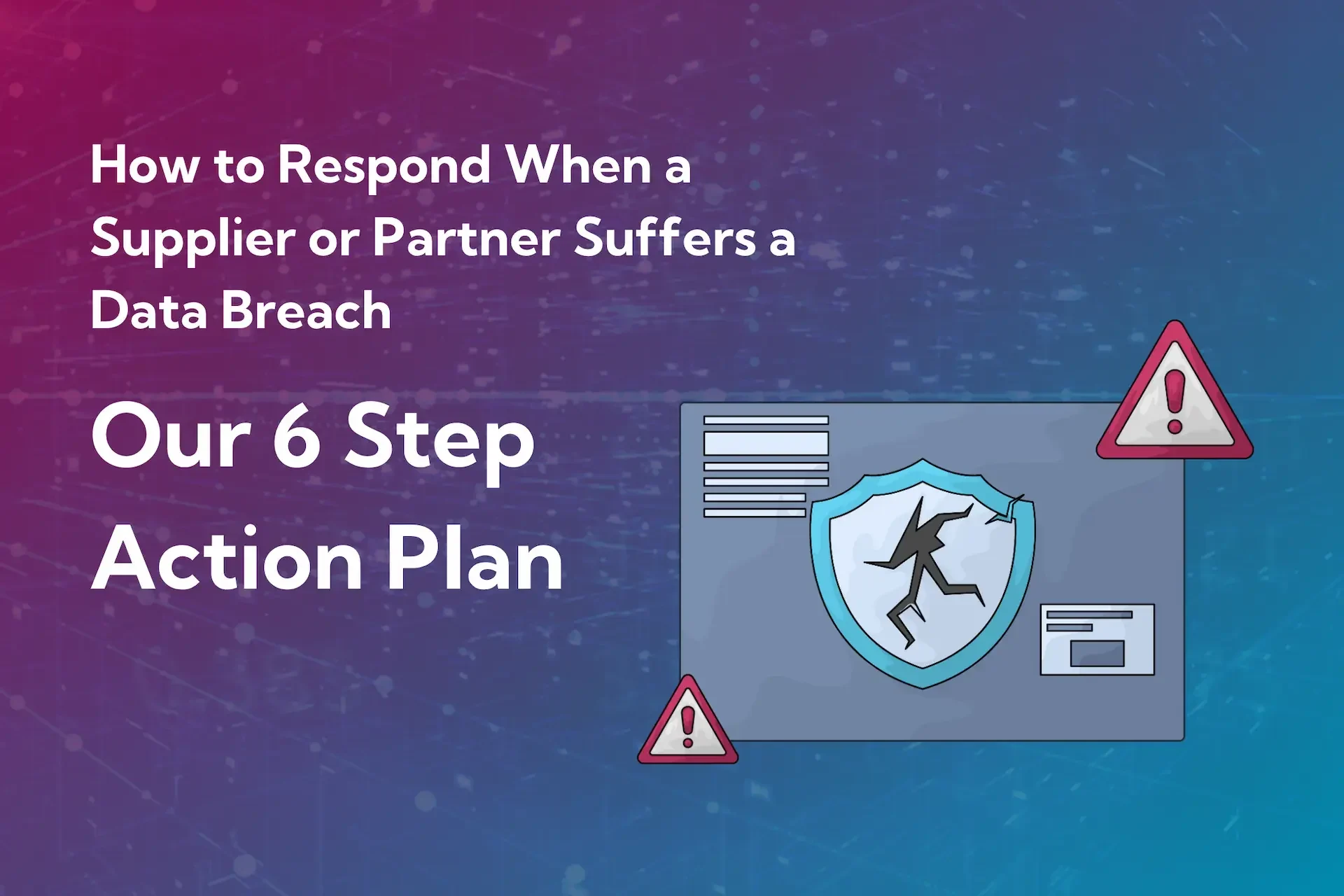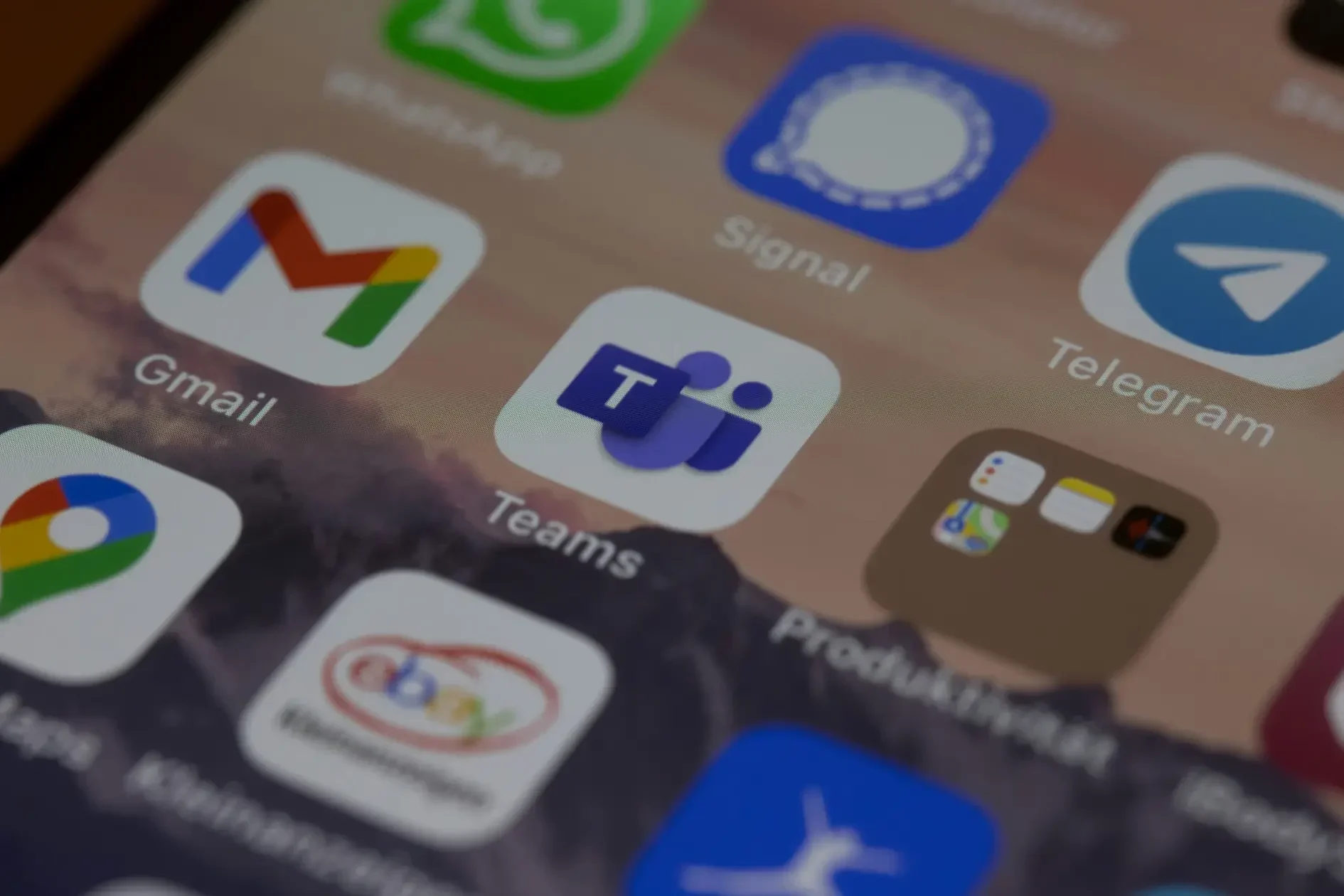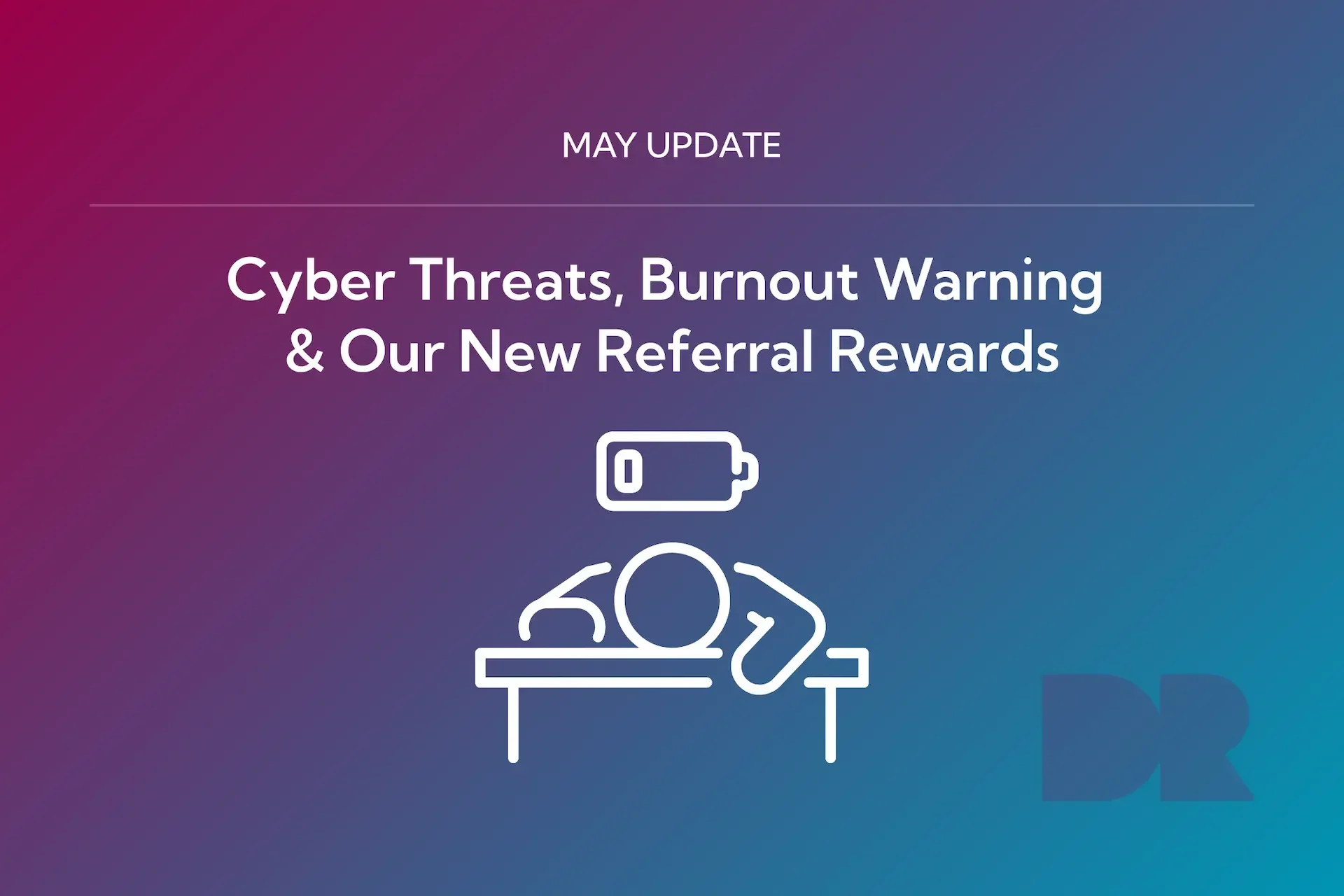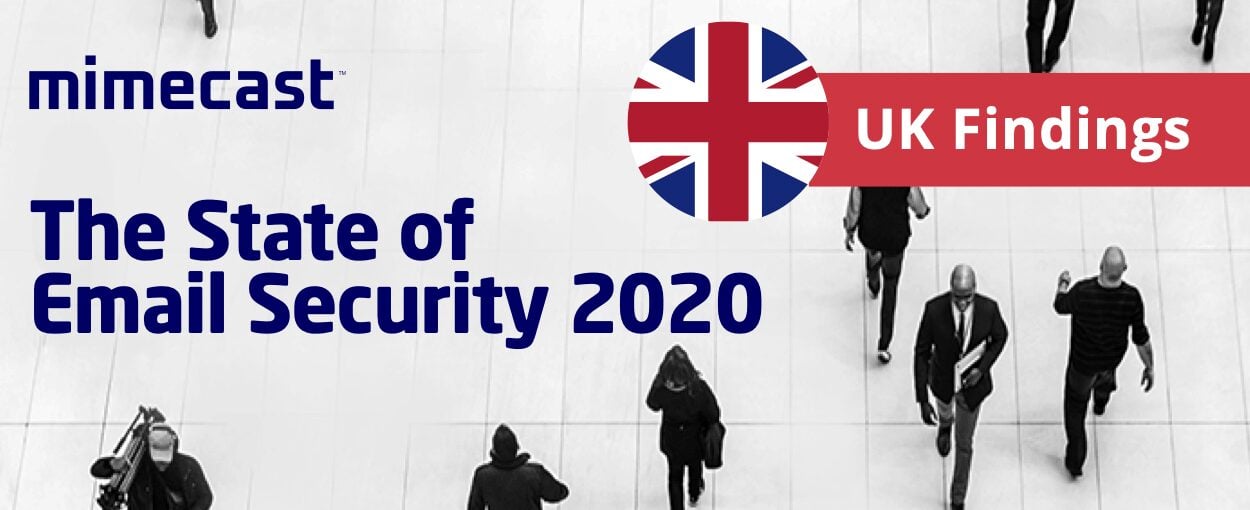Email remains one of the most common ways cybercriminals try to infiltrate businesses. In fast-paced work environments, it’s easy to skim through messages and click before thinking. Unfortunately, this is exactly what attackers are counting on.
So how do phishing attacks work—and how can you avoid them?
What Is Phishing and Why Is It Dangerous?
Phishing is a type of cyber attack where criminals impersonate trusted organisations – or even colleagues – to trick you into revealing sensitive information, clicking on harmful links, or downloading malware.
You might receive an email that looks like it’s from Apple, Amazon, your bank, or even HMRC. More targeted versions (known as spear phishing) might appear to come from a trusted contact – perhaps a senior colleague or your finance team – sometimes including personal information to make the message more convincing.
Their goal? Get you to act quickly without thinking – whether that’s logging into a fake site, approving a bogus payment, or downloading malware disguised as a document.
How to Recognise a Phishing Email
Phishing is one of the biggest threats to businesses, but with a bit of vigilance, they’re easy to spot. Here’s what to look out for:
- Unexpected requests – Be cautious with emails asking you to update login details, make urgent payments, or download attachments – especially if the request seems out of character.
- Suspicious email addresses and URLs – Hover over any links before clicking. A common trick is to slightly after a domain name (eg. paypa1.com instead paypal.com).
- Overly emotional or urgent language – “Your account will be closed in 24 hours!” is designed to push you into acting fast. Pause, assess, and verify.
- Spelling and grammar mistakes – While not every error is a red flag, poorly written messages with off phrasing are often signs of phishing.
- Impersonation of internal conflicts – Criminals may use names and job titles found on LinkedIn or your website to impersonate colleagues. If anything feels off, pick up the phone or check in with the person directly.
What Should You Do If You Spot a Phishing Email?
Most of the time, you can simply delete it. But if you’re unsure:
- Warn your team – If you receive a phishing email, others in your business probably will too. A quick heads-up can stop someone else falling for it.
- Don’t click links or open attachments – Visit the official website manually by typing the URL into your browser.
- Never send confidential information via email – Legitimate organisations won’t ask you to do this.
What If You’ve Already Clicked Something?
Don’t panic – take these steps immediately:
- Change your passwords, especially if you entered any credentials.
- Run anti-malware software to check for infections.
- Alert your IT team or provider – the sooner they know, the faster they can respond.
For Dr Logic clients, most supported devices include monitoring tools that help us spot signs of malware early. If you think your machine or account may be compromised, get in touch straight away. We’ll help you review the situation and guide you through the next steps.
Need Support or a Second Opinion?
Whether it’s a suspicious message or a security concern, our team is here to help. If in doubt, don’t click – contact us.
Further Reading
There are some really useful resources for raising staff and organisational awareness of Phishing and Cybercrime on these websites:
Centre for the Protection of National Infrastructure (CPNI)







